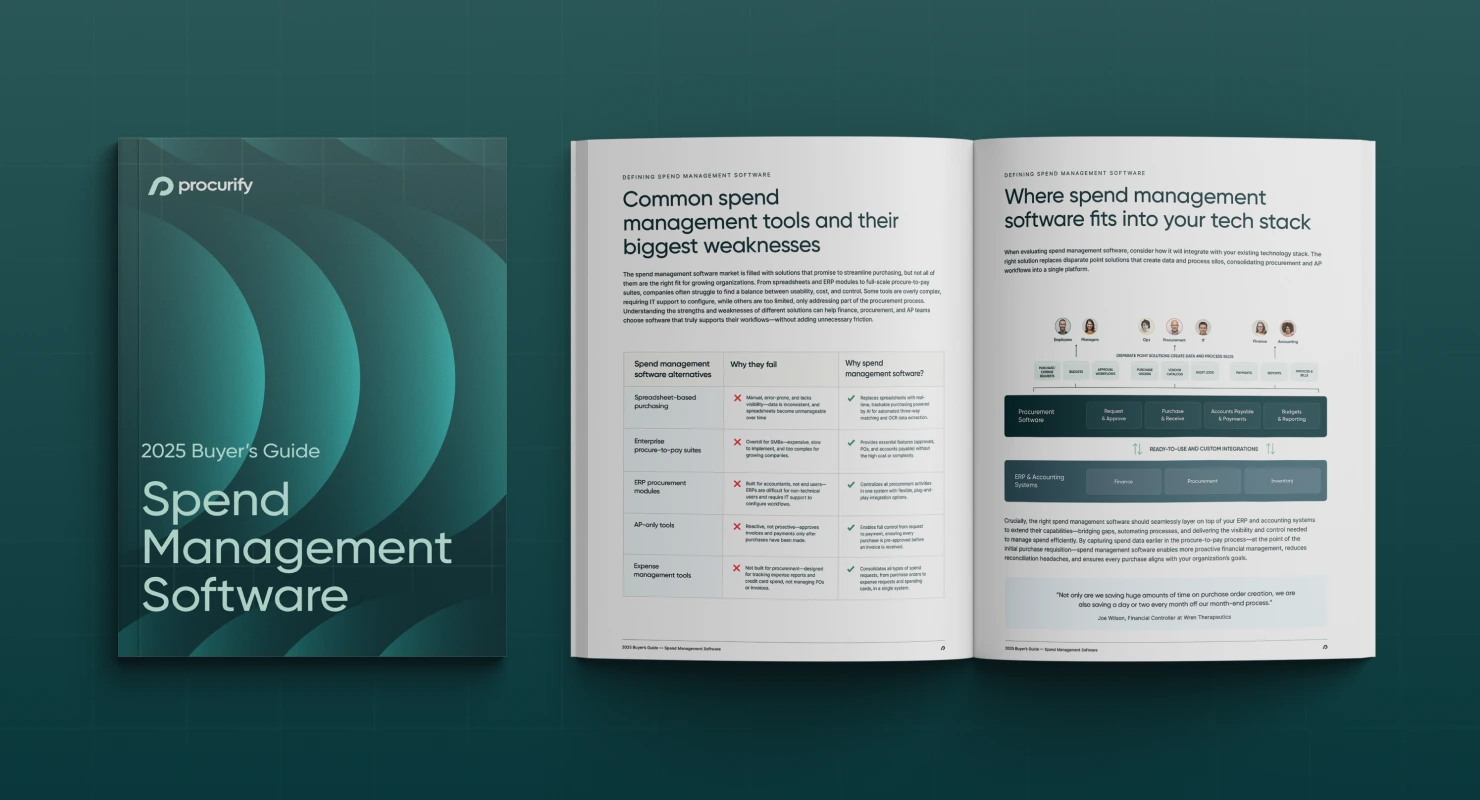The 4 Procurement KPI Metrics You Should Be Measuring Immediately
Marisa has more than 25 years of experience in business, research, writing, speaking, and consulting. She leads APQC’s supply chain team that conducts research to provide insights into benchmarks, best practices, and process improvements across the supply chain, currently focusing on supply chain planning, procurement, and supplier relationships. Marisa creates and publishes informative content on APQC’s Knowledge Base, the APQC blog, and third-party sites such as Spend Culture. It’s a rare opportunity to pick the brain of a thought leader like Marisa. Here are the highlights from our conversation about procurement KPI metrics.
Marisa’s Mission
APQC helps organizations work smarter, faster, and with greater confidence. It is a not-for-profit research organization focused on benchmarking, best practices, and process and performance improvement. “I enjoy being able to work for an organization that’s always conducting action-based research grounded in the real world,” says Marisa. “I find a lot of value in connecting people to people and people to the knowledge that they need to improve.”
With that, we continued to delve into some key measurable values that procurement professionals need to maintain awareness of to be successful and efficient in today’s climate.
Here Are The Top 4 Procurement KPIs
1) Total Cost to Perform the Procurement Process Group
The total cost is comprised of personnel, systems, overhead, outsourced functions, and other costs. This procurement process group plays a significant role when developing sourcing strategies, selecting suppliers, ordering materials, and helping to develop and manage suppliers.
APQC normalizes all of its metrics, making a set of data (or a particular data point) easily comparable to another. Normalization converts data to a common scale using a common denominator, mitigating issues such as differences in organizational size, and enables inferences about relative performance.
For example, total cost is typically calculated per $1,000 dollars of revenue. “What normalizing does is it allows organization A to compare itself to organization B regardless of the size of the two organizations.” APQC also normalizes metrics using units such as number of employees or purchase orders processed. Normalizing metrics enables more accurate comparisons for benchmarking and comparing performance.
2) Cycle Time in Hours to Place a Purchase Order
“Top performers take up to five hours to place purchase orders, while bottom performers take up to 48 hours. Less than a day versus two days – that’s significant.”
Speed and efficiency are increasingly more critical in all organizations, especially as they grow. It seems intuitive that time will always be a sensitive measure in procurement, but many organizations I’ve worked with lack a pre- and post-improvement cycle time baseline, which does not allow them to calculate the efficiency gains after procurement automation or other changes.
3) Percentage of POs Approved Electronically
“It’s very surprising how many organizations are still processing paper purchase orders. You’d think that in 2018, the percentage approved electronically would be 100%. It’s not.”
Digital transformation is increasingly a requirement in all growing organizations, as traditional methods such as spreadsheets and paper are no longer scalable. Using paper purchase orders can delay approval times significantly and lengthen the cycle time.
According to APQC, top performers for this benchmark (at the 75th percentile) approve about 98% of their POs electronically. The companies that sit at the median (50th percentile) process about 80% of POs electronically.
4) Number of POs Processed per Procurement Employee
This key performance indicator, number of POs processed per procurement full-time equivalent employee (FTE), is a measure of procurement productivity. Your organization can certainty speed up your cycle time by hiring an army of individuals to process POs. However, while that might help cycle time, it will completely derail your cost. The more purchase orders a procurement professional can manage, the fewer people (and headcount dollars) are needed to support the process.
“Knowing how each KPI affects the others and having a holistic understanding of your procurement processes is critical, which is why at APQC we pick KPIs that feed into each other.”
Modern Challenges in Procurement
“A common challenge in many organizations I work with is standardizing processes on a global basis.”
Many organizations have processes that for various reasons have evolved to be different across locations. To drive increased value, these organizations are now attempting to integrate, standardize, and sustain the processes on a global scale. Establishing processes that can be consistently measured helps identify areas for improvement.
Digital transformation in procurement is another challenging idea that continues to garner a lot of media attention. It’s all over the news, including blockchain, robotic process automation, AI, and machine learning. These technologies are already making their way into organizations, and procurement has a big role in this new evolutionary wave of business process management.
“Figuring out how these new technologies can get incorporated and what the impact is on staffing and business processes is going to be one of the main questions to ask. The role of digital transformation and procurement tech is a key challenge now in many procurement organizations.”
Get In Touch With Marisa:
We’re very lucky to have Marisa as a guest and contributor on Spend Culture.
For any follow-up questions for Marisa or if you’d like to connect with her on social media:
- Email: [email protected]
- Twitter: @MB_APQC
- LinkedIn: www.linkedin.com/in/marisabrown1
- Website: www.apqc.org/kb

2025 Spend Management Software Buyer’s Guide
Choose the spend management solution best suited to your organization’s needs with an overview of the 2025 software ecosystem, feature comparisons, and a free vendor capability evaluation checklist.
